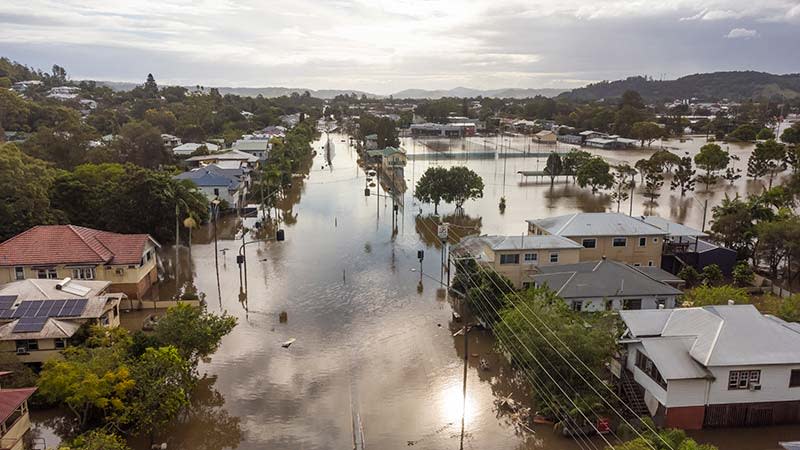University Land Sale Paves Way for 400 Homes at Lismore

More than three years after record flooding devastated the region, the authority charged with helping Lismore in Northern NSW recover is making its first major acquisition.
The NSW Reconstruction Authority has acquired 72ha of flood-free land from Southern Cross University and is planning more than 400 housing lots at East Lismore as part of the state’s largest flood-recovery program.
Landcom plans to invest $60 million to develop the site along Crawford Road in the regional city.
Lismore is about 200km south of Brisbane and 600km north of Sydney.
The Reconstruction Authority is to contribute up to $15 million for land acquisition enabling infrastructure, including roads, power, water and sewerage connections.
This is the first major acquisition under the $100-million Northern Rivers Resilient Lands Program.
There has been widespread criticism from the community for what has been labelled a slow and inadequate response to the flooding by government.
NSW planning minister Paul Scully said the development would “provide safe, suitable places for people to move off the floodplain and into their forever homes”.
Both the $100-million Resilient Lands Program and the separate $880-million Northern Rivers Resilient Homes Program were announced after the 2022 floods.
Participants in the Government’s flood buyback scheme would have priority access to buy new land and housing before general market release, with pricing reflecting local market conditions, according to the Government.
The development is to include diverse lot sizes to cater for new builds as well as land suitable for relocating existing homes from flood-hit areas.
Southern Cross University vice-chancellor Tyrone Carlin said the institution had undertaken research focused on adaptation and renewal of Lismore after the 2022 floods.

“East Lismore is close to the university, close to the CBD and close to shops, sporting facilities, schools and other community infrastructure,” Carlin said.
“So it’s the ideal location for a development such as this.”
Lismore City Council Mayor Steve Krieg said the project was “an important social and economic boost”, enabling the council to “provide tangible, viable housing opportunities for our residents to be able to relocate from the floodplain, and stay in the city that we all work and live in”.
Landcom is poised to begin construction on 50 build-to-rent apartments on the site. At least 20 per cent will be affordable housing.
Minister for Recovery Janelle Saffin lauded Southern Cross University for enabling the land release, and said the site was “outside the probable maximum flood level in Lismore”.

She said the development would build “a safe and resilient community close to home and in easy reach of the town centre”.
The Resilient Lands Program aims to unlock land for up to 4300 homes on flood-safe sites across the Northern Rivers region. Developments are planned or under way at Goonellabah, North Lismore, Mullumbimby and Murwillumbah.
According to the NSW Government, the program is “working with councils, landowners and government agencies” to deliver these homes.
“Many private developers and individuals already have successful and ongoing partnerships with CHPs, and CHPs have a proven track record”, the Government said, with community housing providers having “invested over $1.82 billion to deliver 5300 new homes, with more than 2600 new homes in the pipeline to be delivered by 2026”.
Private developers can engage through partnership mechanisms, including land contributions and development collaborations, with the Government “offering financial and other incentives, in partnership with the Commonwealth Government, to build and rent new properties at below market rents”.
The Northern Rivers Resilient Lands Strategy framework highlights how “fundamentally, the market is not delivering at the speed, the scale, the price, or with the type of land and housing opportunities to meet the needs of Resilient Homes Program buyback participants and the broader community”, potentially creating opportunities for developers to fill this identified gap through government-supported projects.














